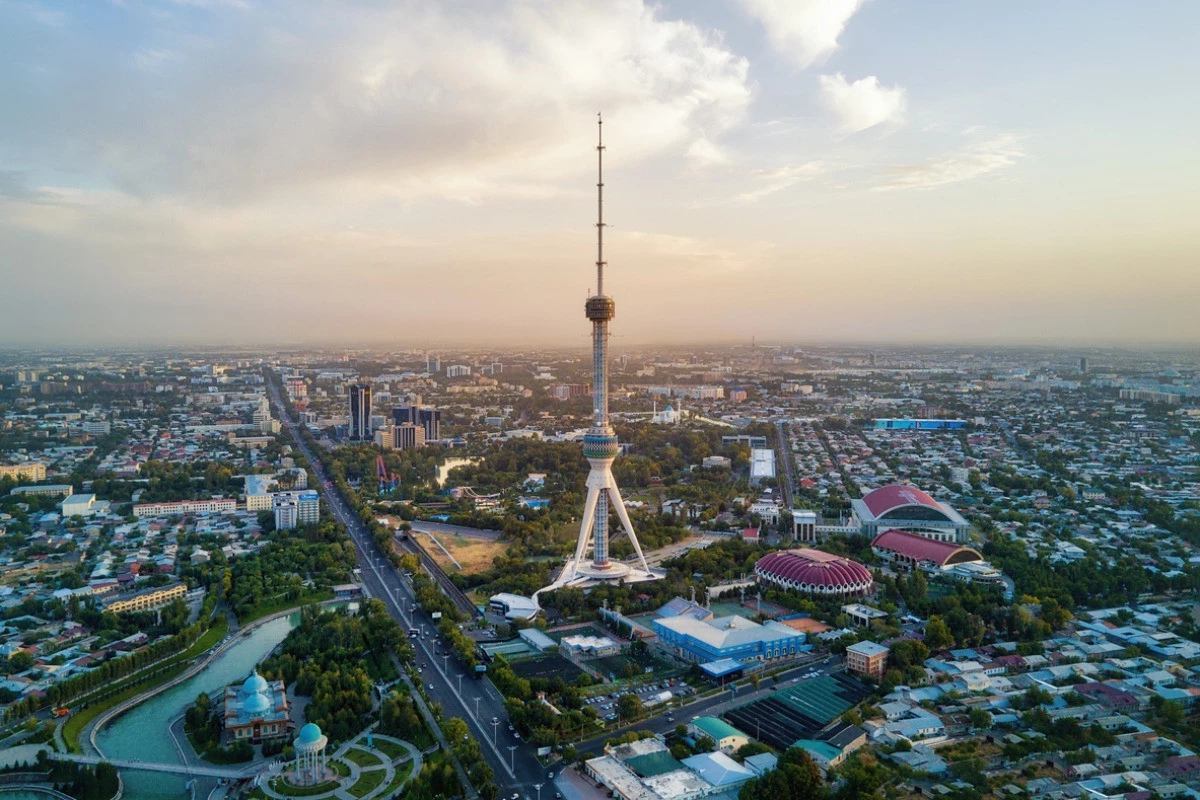In its analysis, The Diplomat provides an in-depth look into the economic relations between China and Latin America, highlighting an increasing concentration in the field of green energy.
According to the article,
China's deepening economic engagement with Latin America began around two decades ago, following its entry into the World Trade Organization (WTO) and the launch of its Going Global strategy in 2001. The trade balance between China and Latin America soared from $12 billion in 2000 to over $445 billion by 2021. This surge was driven by China's growing foreign direct investment (FDI), diplomatic efforts, and increased trade complementarity. Initially, Chinese FDI focused on securing food and energy resources, particularly through mergers and acquisitions in the agricultural, oil, and gas sectors. This early phase was characterized by China learning to navigate the political, economic, regulatory, and institutional landscapes of different Latin American countries.
The strategy evolved significantly after 2013, with President Xi Jinping's first term and the introduction of the Belt and Road Initiative (BRI). Chinese investments began to emphasize large infrastructure projects, especially in the energy sector. The 2016 White Paper further detailed China's policy towards Latin America, emphasizing cooperation for development, energy, and sustainability under a South-South cooperation framework. Between 2005 and 2012, China's FDI in South America and Mexico totaled approximately $63 billion, which increased to $212 billion between 2005 and 2023, with Brazil receiving a substantial share of $71.6 billion across 235 projects.
The COVID-19 pandemic temporarily interrupted this steady growth, causing a decline in Chinese investments in 2020 and 2021 due to strict lockdowns and zero-COVID policies. However, investment flows rebounded in 2022 and 2023, shifting towards new sectors such as solar, wind, hydropower, electric vehicles (EVs), and strategic minerals like lithium and rare earths. This shift reflects China's broader economic strategy focusing on technology and innovation, as outlined in its 14th Five Year Plan and the Made in China 2025 strategy. Private companies, including BYD and Great Wall Motors, have been prominent in these new sectors, highlighting a move away from state-owned enterprises dominating the investment landscape.
Geopolitical tensions have underscored the importance of industrial and technology policies in both the developed North and the Global South. In the United States, the CHIPS and Science Act and the Inflation Reduction Act mirror China's focus on domestic technological advancement and innovation. China's "New Infrastructure" lexicon reflects its ambitions to develop sectors such as data centers, semiconductors, artificial intelligence, renewable energy, and electric vehicles.
In Latin America, the trend from 2022 to 2023 has been towards numerous smaller, technologically intensive projects rather than the large infrastructure projects typical of the BRI. This shift aligns with China's evolving economic priorities, emphasizing "quality productive forces," "small but beautiful" projects, indigenous innovation, and self-reliance amid domestic challenges like an aging population, high youth unemployment, and a sluggish post-COVID economic recovery.
Significant investments have been made in the lithium sector in Argentina by companies like Ganfeng Lithium and Zijin Mining Group, and in EV manufacturing by firms like BYD and Chery. In Brazil, notable investments include Great Wall Motors' acquisition of a Mercedes-Benz factory to produce electric vehicles and batteries, Volvo's investment in electromobility and decarbonization, and BYD's project to produce electric buses and trucks in Bahia.
In conclusion, China's growing presence in Latin America signifies a strategic shift from state-owned enterprises to private companies focusing on high-tech and green sectors. This trend could lead to the formation of a regional value chain in green technologies, positioning Latin America as a key player in global decarbonization efforts. However, this also means heightened geopolitical competition with the United States, requiring Latin American countries to develop strategies to leverage Chinese investments for their development and industrialization.



